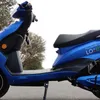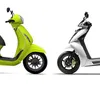Bhubaneshwar-based electric vehicle startup EeVe eyes pan-India market
EV startup EeVe wants to capitalise on the growing demand for electric two-wheelers in India with two new products. It plans to expand to 200 more cities this year.
India’s thirst for tailpipe emission-free transportation has seen the mushrooming of several startups, some of which originate from smaller cities. These cities have so far not been known as a traditional base for the automotive industry.
One such startup is the Omjay EV. This Bhubaneshwar-based electric vehicle startup has big plans for its range of two-wheelers. At the recently concluded Delhi Auto Expo 2020, it showcased two new premium electric two-wheelers. A retro-styled electric scooter called ‘Forseti’ and a street naked electric motorcycle called ‘Tesero’. Omjay EV, through its brand EeVe, aims to launch the retro scooter by June 2020 and the motorcycle by September 2020.
Speaking to AutoStory, Harsh Didwania, Co-Founder and CEO at EeVe, says, “Both the Forseti and Tesero have been developed in India at our inhouse R&D facility in Bhubaneshwar. We are currently at 40 percent localisation levels, which include the chassis, plastic moulds for body panels, and wiring harness. The motors and controllers are being procured from Bosch.”
EeVe at present is operational in Andhra Pradesh, Bihar, Jharkhand, West Bengal, Assam, Chhattisgarh and its home state Odisha.
Product portfolio
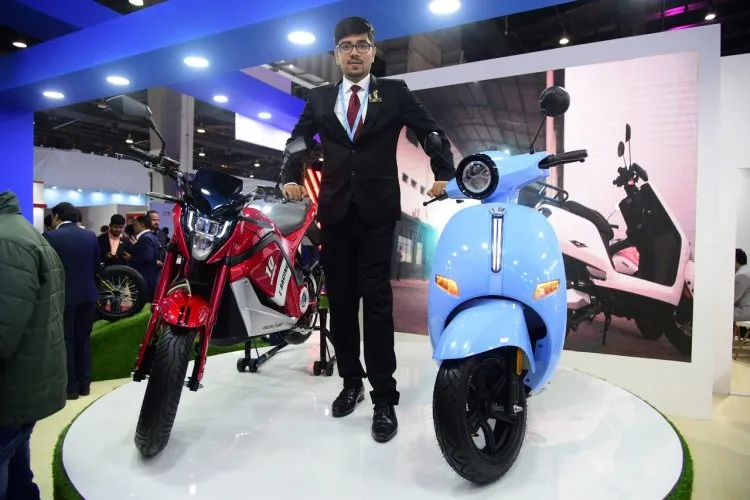
EeVe has four electric scooters in its portfolio and has retailed over 1,200 units of the same. These include the Xeniaa, 4U, Your, and Wind.
Both the Xeniaa and 4U are fitted with a Bosch sourced motor, powered by swappable lithium-ion batteries. They have a range of 60 to 70 km on a single charge and take 3 to 4 hours to be fully charged. The other two scooters are powered by a lead-acid battery and have a claimed range of 50 to 60 km. Charging timeline though is significantly longer than the lithium-ion battery powered twins, taking anywhere between 7 to 8 hours.
While the existing portfolio has been developed with heavy dependence on Chinese suppliers, EeVe is working on increasing localisation levels.
The journey
Omjay EV began its journey in January 2018 while its commercial sales began only in October 2019. The promoters of the company have a long-standing history in the Indian automobile industry which spans 80 decades. They have a robust business of several dealerships across various leading manufacturers. The promoters are also involved in vendor management and logistics of several Original Equipment Manufacturers (OEMs).
Like every electric vehicle manufacturer in India, EeVe too faces the constraints related to lithium-ion batteries. Its products currently do not meet Faster Adoption and Manufacturing of Electric Vehicles in India (FAME II) norms, and hence do not benefit from government subsidy.
However, once battery packs are manufactured locally, the new Forseti and Tesero will benefit from FAME II subsidy.
EeVe promoters say Tesoro will have a top speed of 90 to 100 kmph and will have a range of 120 km on a single charge. With sporty design attributes, the startup wants to catch the attention of youngsters who want a performance-oriented, everyday motorcycle. It is shod with 14-inch wheels with the tyre sourced from Vee Rubber. Also, the motorcycle is shod with upside-down fork up front and a monoshock in the rear.
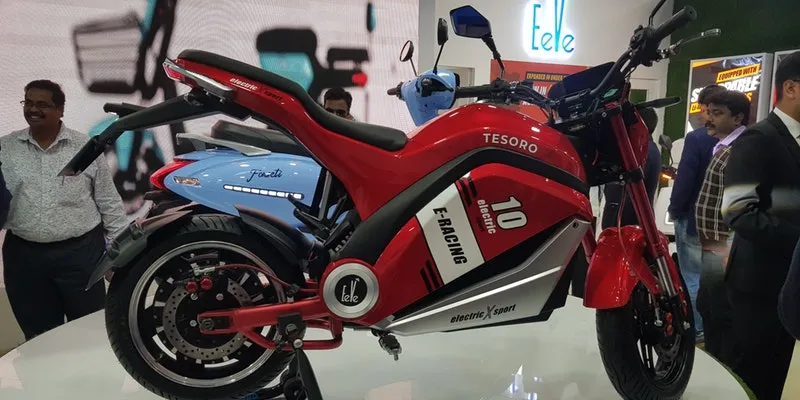
In case of the scooter Forseti, the company claims a range of 100 km and will have a top speed of 60 to 70 kmph.
Both the Tesoro and Forseti will get swappable lithium-ion 72-volt 30 ampere batteries. The features list includes geo-fencing, geo-tagging, immobilisation, disc brakes at both ends, ABS, and anti-skid alarm.
The way forward
EeVe wants to create India-specific products and for this it plans to focus heavily on research and development. It wants to offer products as a balance between new technology and the environment, moulded specifically keeping a typical Indian consumer in mind.
Harsh says, “So far, we have invested about Rs 70 crore in the business, which has been used in building the production facility and developing products. In the next two years we will be investing another Rs 150-160 crore.”
Besides using these funds for revamping the production facility and increasing the installed capacity, EeVe plans to set up 200 additional touchpoints across India by December 2020.
Marketing strategy
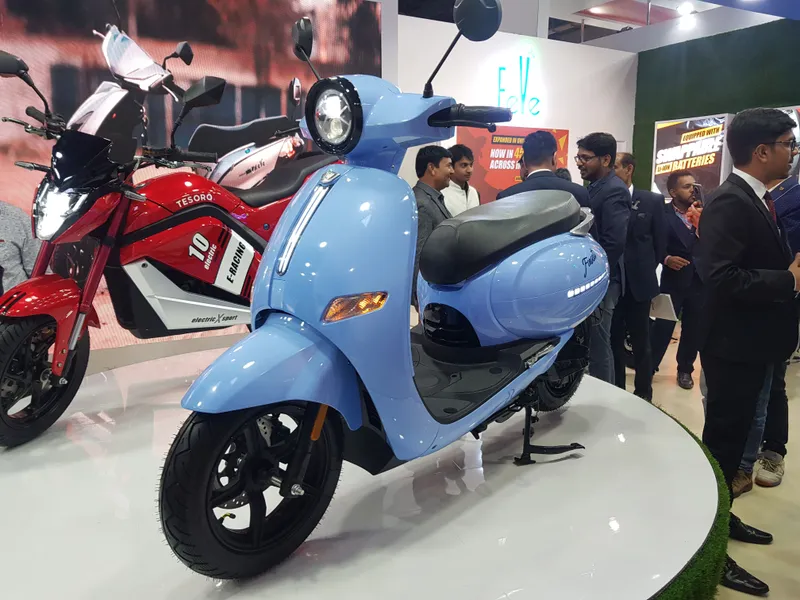
Harsh understands the power of marketing and will be focussing his energies in creating a brand identity for the company.
The investment so far has been made by the family-owned business but Harsh hopes to attract external investments. He says, “We are in active talks with financial institutions and private equity holders.”
Keeping its pan-India expansion plan in mind, EeVe also intends to increase its production capacity. Harsh says, “We have an installed capacity of 12,000 units per annum, which will be increased to 60,000 annual units within the next two to three years.”
“Batteries, a key component of any electric vehicle, are being imported from our international suppliers and constitutes almost 40 to 50 percent of our production costs,” Harsh adds.
Lithium-ion battery prices have reduced over the years. Back in 2012, McKinsey had predicted that prices per kWh will drop from $500-600 per kWh to about $200 per kWh by 2020 and about $160 per kWh by 2025.
As per estimates by several electric vehicle manufacturers, the current figures are around $200 per kWh mark. However, the world’s dependence on the Chinese market for lithium-ion cells as begun to show signs of toll.
Tapping the international market
The company is eyeing the international market. It is in active stages of talks for entry into South Asian Association for Regional Cooperation (SAARC) countries, especially Bangladesh and Sri Lanka. It is also in initial stages of talks for a possible entry into the Indonesian market.
When asked about the complexities of entering a highly-saturated market like Indonesia, Harsh says, “If you can crack the Indian market, no other market in the world is as big or as difficult.”
(Edited by Javed Gaihlot)



